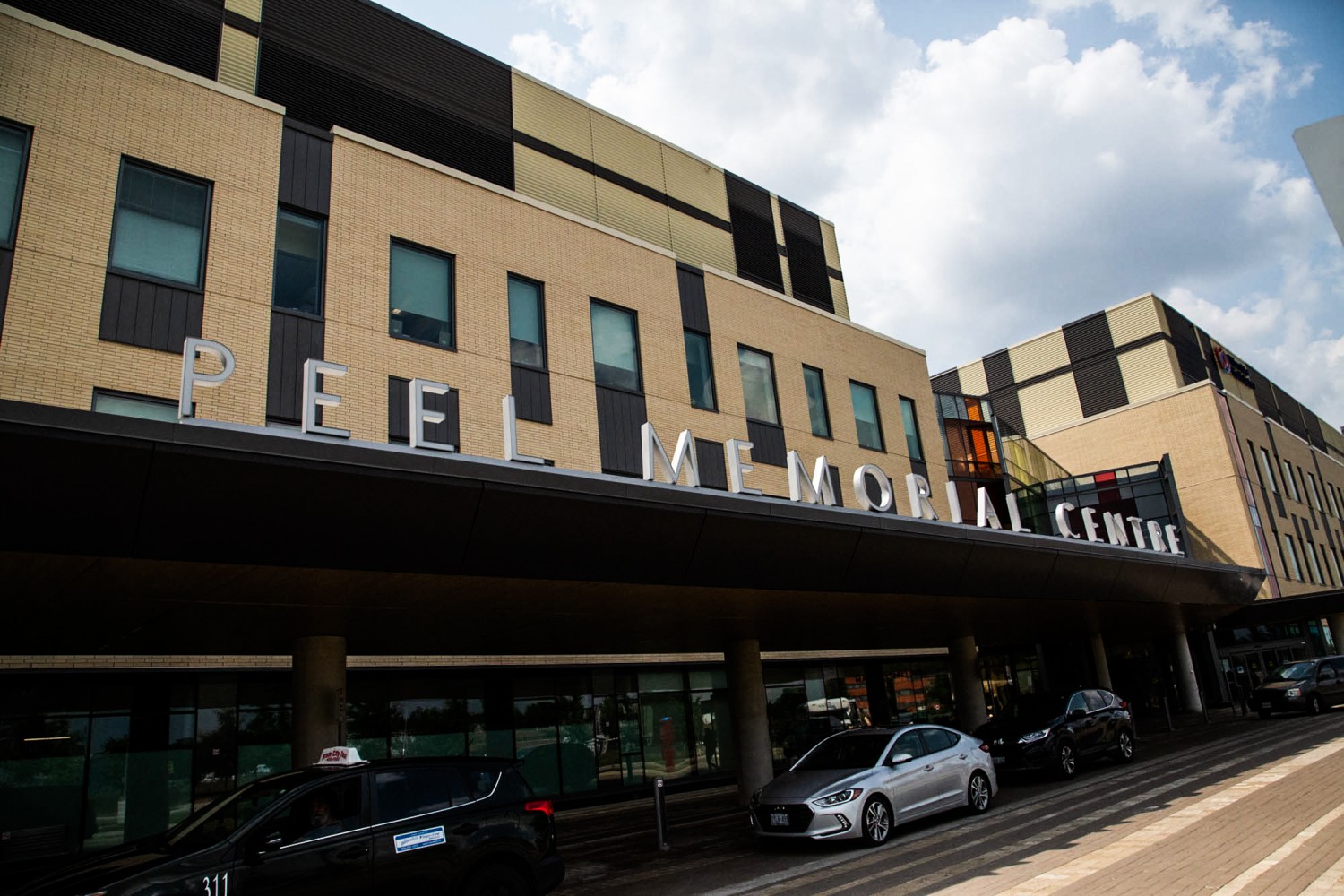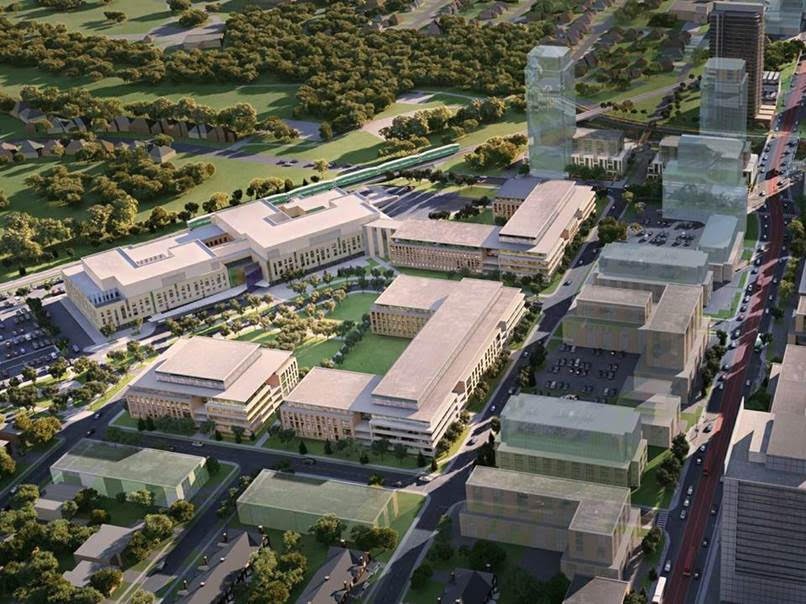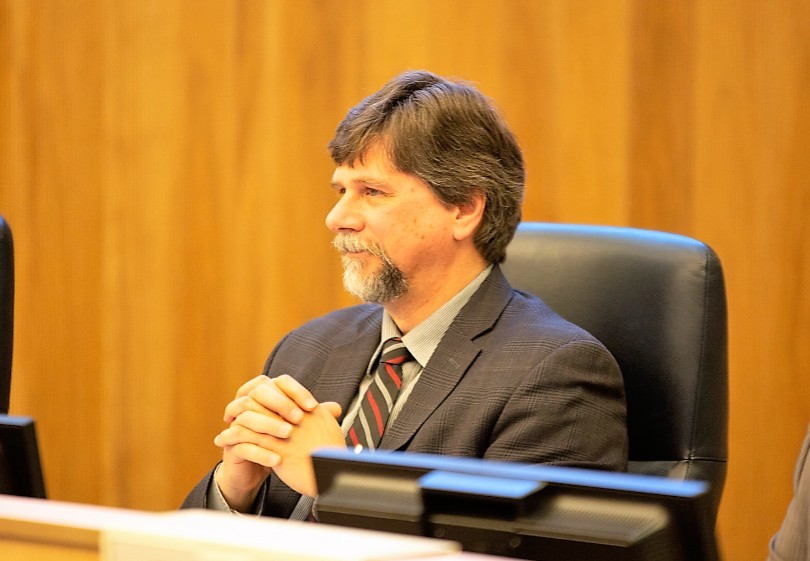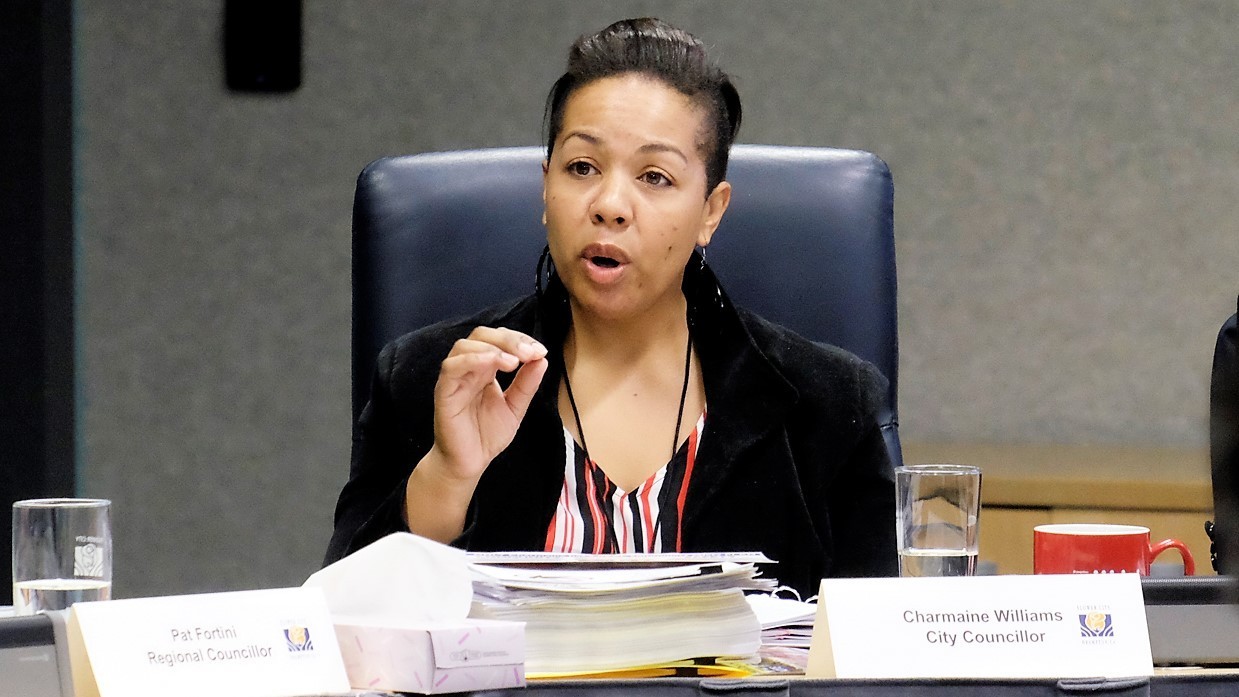
Brampton declared a healthcare emergency in January, its 2021 budget ignores this
Healthcare in Brampton is getting grimmer as the days go on.
The spread of the novel coronavirus is causing patients to seek care at Brampton Civic, the lone full-service hospital in the city, which is at capacity. To keep up with demand, patients there for different needs have been moved to other hospitals.
The transfers likely coincide with calls of code-gridlock, made when the need for patients waiting to be admitted from the emergency department exceeds the number of beds available, putting the unit in a “standstill”, according to William Osler’s own words. Osler is the system that runs Civic. In November 2019, the average wait time for patients in the ER looking to get admitted to the hospital was 19.7 hours, one of the worst performances in Ontario. In September 2020, that number increased to 24 hours, three times the provincial target of 8 hours and six times worse than the best performing hospitals in the province, according to Health Quality Ontario, a branch of the health ministry.
Over the span of 14 days in September, code gridlock was declared 8 times, with some calls lasting multiple days. The hospital spent 17 days under the code that month, with seven of those under extreme code gridlock.
The need for better healthcare has never been more clear. Yet the city’s 2021 budget has no mention of this.
While the Province is responsible for managing the healthcare portfolio, local contributions play a large role in providing funding, with the municipality and its health system manager often expected to cover as much as 20 to 25 percent of capital costs and funding for furniture and medical equipment. While the hospital system, Osler in Brampton’s case, is responsible for pulling together the local share and often raises considerable amounts from the community through fundraising, property taxpayers often cover a large share through a municipal commitment.
When new hospitals are planned by the Province, a typical condition sees the health system that operates the facility bringing forward a significant portion of the capital cost, in order for Queen’s Park to move forward with its share, before it will commit. When Peel Memorial was rebuilt, Brampton taxpayers contributed $60 million and $20 million of that is still waiting to be used.
With plans for the Phase 2 expansion of Peel Memorial underway, the City hasn’t shared any ideas on how it plans to pay for its share of the new costs. Osler has not revealed how much that might be, despite already submitting its proposal for Phase 2 to the Province, which it has not shared with the public.

A view of early expansion plans for Peel Memorial. The current plans submitted by William Osler to the Province have not been shared with the public.
During budget deliberations Thursday, Mayor Patrick Brown alluded to a hospital levy that may only be introduced when the “hospital ask” comes in from the Province.
According to the Ministry of Health (MOH), 10 percent of capital construction costs, and things like furnishings or specialized equipment, will be funded by William Osler and the city. Capital costs of this expansion will range between $200 million and $499 million, according to Infrastructure Ontario.
The expected local contribution — dollars which will need to come from the municipality and Osler — sits at approximately 20 percent, including 10 percent of capital construction costs on top of needed equipment and furniture that is not covered by the Province.
“The ministry will fund 90% of the eligible construction/capital costs and 100% of eligible planning, design, financing and transaction costs. Funding of both the remaining 10% of all eligible project costs and any costs not eligible for ministry funding are the financial responsibility of the hospital,” the Ministry of Health told The Pointer early in the year. “The costs for which a hospital is responsible are otherwise known as the local share and can fluctuate from project-to-project depending on the scope. Where a hospital chooses to add non-sharable costs, the local share will increase accordingly. Municipalities may choose to support hospitals by contributing to the hospital’s local share; however, there is no set guideline on how much a municipality is expected to contribute.”
In a November 12 survey conducted among 7,853 residents, 67 percent were in favour of a levy to fund the Peel Memorial expansion. Brown credited the city’s Fair Deal for Brampton campaign, which calls for increased healthcare funding, for the residential support.
Councillor Jeff Bowman pointed to the flawed nature of the survey questions. One of the four questions asked if respondents supported a property tax increase; 79 percent of respondents answered no, despite the fact that a special levy does represent a property tax increase from the base budget.
“I think we need to be a little careful when we put these questions out so that people really understand what we’re asking,” Bowman said. “A hospital levy is a tax. We went through a number of years where we had that hospital levy on and there were always questions about it.”

Councillor Jeff Bowman
Some residents are questioning if Brampton’s campaign efforts that Brown praised are leading to any concrete changes. Brampton resident Sanjay Madgal says while such plans have the right idea, little has happened.
“The pandemic has thrown a wrench in a lot of things but it’s all talk. I have to admit that the current council and Mayor, they project this look of professionalism and they’re into photo-ops, relative to other councils in the past…what good is that? They’re not actually acting,” he said in frustration to The Pointer.
Madgal shared his experience with Brampton’s broken healthcare system the same day the City declared a healthcare emergency back in January. He recalled how his father died in a hallway inside Brampton Civic, next to a room where soiled linens were kept. When his father had his first mini-stroke, he was sent to Civic where he spent hours in a wheelchair without footrests. A second stroke sent him back to the ER, for the last time, where Madgal said his father spent his last days “on a stretcher in the coldest part of the ER hallway.”
He told The Pointer people close to Brown have told him work is going on behind the scenes. For someone who has seen the worst of what the system has to offer, such a statement means nothing. It raises questions about why the mayor would not be transparent about any progress on the city’s healthcare crisis, considering so many families are desperate for help.
“I don’t care what happens behind the scenes. If it’s behind the scenes, it’s no good. It needs to be upfront, out there, so the public can see real work is being done and real funds are being allocated.”
Healthcare for Brampton residents is funded under the Central West Local Health Integration Network (LHIN), and they have consistently received less healthcare funds compared to the provincial average. In 2017 and 2018, the LHIN received $936 in overall funding for healthcare programs across the board, compared to the provincial average of $1,907.
According to data gathered by The Pointer, the funding allocation for 2020 has dropped to $868. Excluding the North East LHIN (as recent data for it was not available) Central West is the lowest funded LHIN in the province.
Madgal said he understands why discussions on a levy might not be included in the budget this year, given the ongoing pandemic, and the strain it has put on Brampton residents. But he said healthcare in the city has been neglected for decades, putting the city in the dire situation it’s currently in.
Councillor Charmaine Williams, who has publicly shared her healthcare experience in Brampton, was vocal about ensuring action is taken to address the crisis. But she doesn’t believe a hospital levy should be implemented this year.
“During a time of extreme emotional and economic stress placed on taxpayers, a levy would be another undue burden that our community just can’t handle,” she told The Pointer. “Until we have reached the provincial average [of hospital beds], I am still fired up and committed to pushing for a Fair Deal for Brampton.”

Councillor Charmaine Williams believe that due to the stress of the pandemic, now is not the time to place a hospital levy in the Brampton budget.
That would mean about 750 additional beds. Brampton Civic, the only hospital in the city that admits patients, has more than 600 beds. Currently the city has less than half the number of beds per capita compared to Ontario overall.
With Brampton expected to grow to 900,000 residents in two decades, it already needs a third hospital, and Peel Memorial’s Phase 2, might not open its doors for another eight years, according to Osler.
While Brown, Williams and others on council keep talking about the city’s healthcare crisis and the need for fair-share funding to keep residents safe, none of the current elected municipal officials has brought forward a plan to fund Phase 2 and a desperately needed third hospital. Instead, since Brown’s election in 2018, he has made claims of wanting to help address the crisis, but has failed to commit one cent of funding, which is the biggest single action he can take.
He has shown that tax freezes, which help him at election time, are a bigger priority than keeping residents safe. Many wealthy residents whose property values continue to rise steadily benefit the most, while those who rent and others desperate for better healthcare suffer.
When Peel Memorial closed its doors in 2007 for its redevelopment, all programs were transferred to Brampton Civic, which opened the same year. When Peel Memorial opened again in 2017, it was meant to alleviate the pressures of Civic, the lone full-service hospital in the city. But with no inpatient beds, the facility could only conduct day surgeries, acute and preventive care, and started the year off by running at 557 percent capacity. Memorial’s Urgent Care Centre, which does not deal with emergencies, only operates part of each day.
Plans for Phase 2 were submitted to the MOH in March, after two extensions in the Fall of 2019 and Winter 2020. It’s not clear what the plan holds.
Expanding Peel Memorial to a full-service hospital could take years and by the time the project is complete, the need for healthcare in Ontario’s fastest growing city will be even greater.
Despite Brown claiming space to build a third hospital in the city is available, there have been no discussions on how the Province will be approached about the project or how the City will help fund it.
While Premier Doug Ford has twice publicly committed to expanding Peel Memorial, he has said little about the city getting a third hospital. During a press conference in January, Brown mistook Ford’s commitment to fund Peel Memorial’s Phase 2, as funding for a third hospital.
“[Premier] Ford was referring to our government’s support to advance the Peel Memorial expansion project through the next phases toward construction,” Ivana Yelich, the Premier’s press secretary, told The Pointer at the time.
The Pointer asked City staff why a hospital levy wasn’t included in the budget this year, but no answer was provided.
In the meantime, Brown continues to claim help is on the way, while refusing to commit funds that would keep him from pushing his politically popular tax freezes.
Email: [email protected]
Twitter: @nida_zafar
Tel: 416 890-7643
COVID-19 is impacting all Canadians. At a time when vital public information is needed by everyone, The Pointer has taken down our paywall on all stories relating to the pandemic and those of public interest to ensure every resident of Brampton and Mississauga has access to the facts. For those who are able, we encourage you to consider a subscription. This will help us report on important public interest issues the community needs to know about now more than ever. You can register for a 30-day free trial HERE. Thereafter, The Pointer will charge $10 a month and you can cancel any time right on the website. Thank you.
Submit a correction about this story


